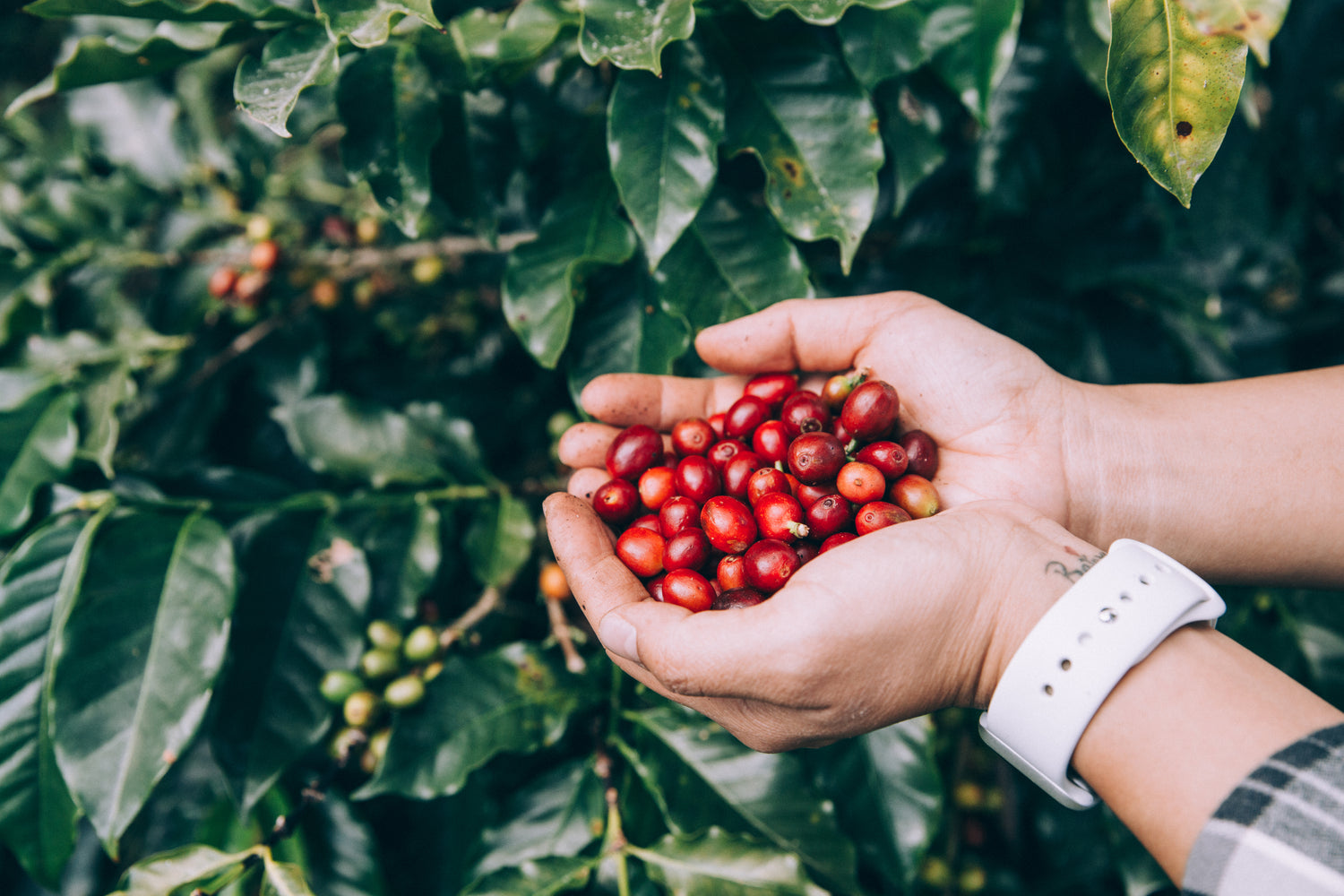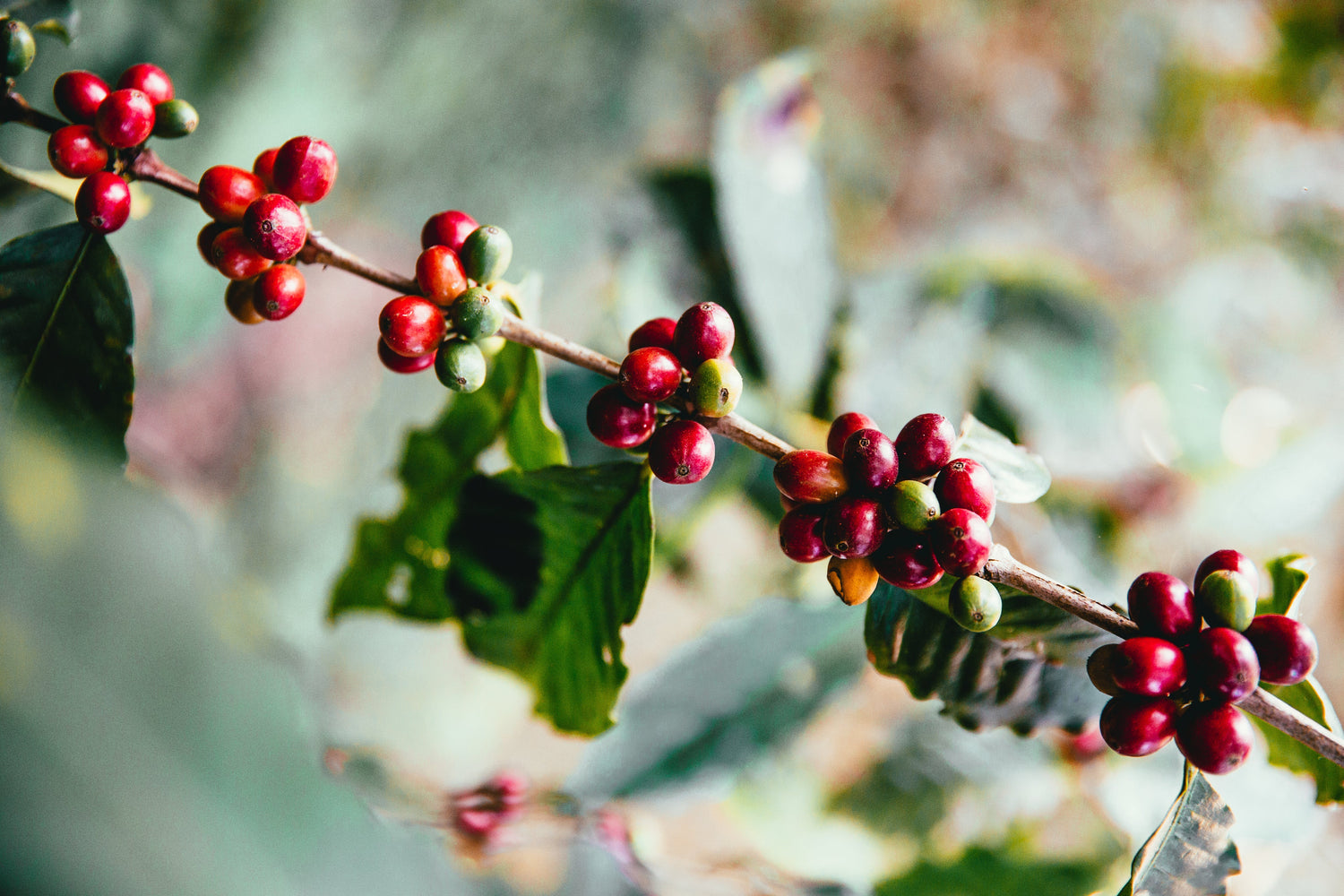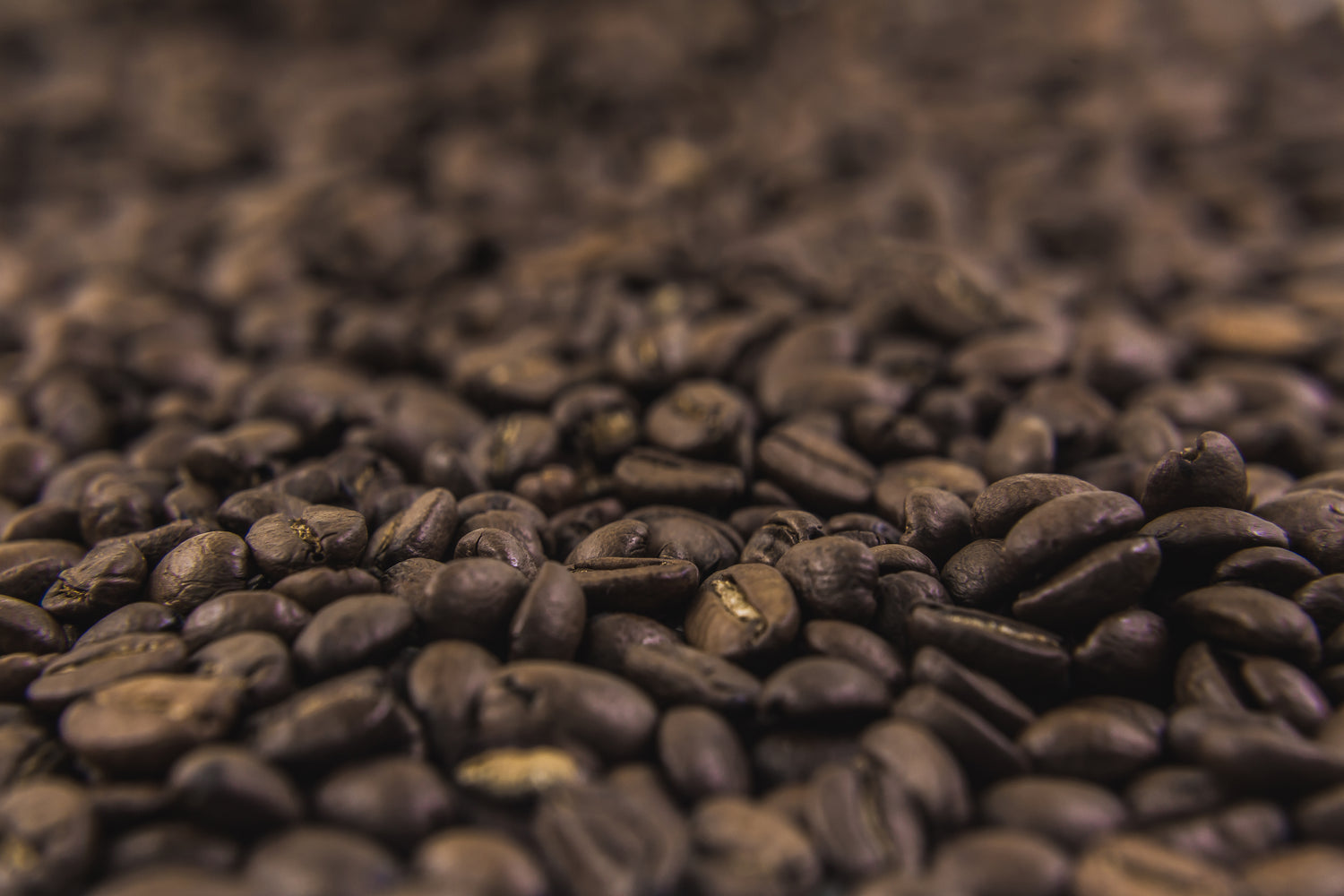
Harvesting
It's the process of picking the beans from the coffee trees. In our farms, this process is done by hand, which allows us to be more selective; hand-picking ensures uniform ripeness of the bean and prevents defects to ensure quality in the cup.
Processing (Post-Harvest)
-

Washed Process
DEPULPING: The outer skin is removed mechanically.
FERMENTATION: Beans are left in water tanks (12-48 hours) to naturally break down mucilage through enzymatic activity.
WASHING: Residual mucilage is rinsed off with clean water.
DRYING: Beans are dried to 10-12% moisture, typically on raised beds or patios.
-

Natural Process
FERMENTATION: Beans are left in a tank (12-48 hours) in a controlled temperature of 19ºC.
DRYING: Whole cherries are dried under the sun (15-30 days) on raised beds or patios to 10-12% moisture.
-

Honey Process
DEPULPING: Cherries are depulped but retain part of the mucilage.
FERMENTATION: Beans are left in water tanks (12-48 hours) in a controlled temperature of 19ºC.
DRYING: Beans are dried on raised beds with varying mucilage levels, classified as Yellow, Red, or Black Honey.

Milling and Sorting
The parchment layer is removed (hulling) to obtain the green bean.
Beans are sorted by size (sieves), weight (density tables), and defects (manually or using optical sorters).

Roasting
The last and most important step where the roaster is in charge of exalting all the attributes of the coffee.
Key roasting stages:
- Drying Phase (100-150°C / 212-302°F): Moisture loss and color change.
- Maillard Reaction (150-190°C / 302-374°F): Development of sugars and aromatic compounds.
- First Crack (190-200°C / 374-392°F): Expansion of the bean due to internal CO₂ and steam pressure.
- Development Phase (200-220°C / 392-428°F): Flavor profile refinement, depending on post-first crack time.
Roast profiles:
- Light Roast: Higher acidity, fruity and floral notes.
- Medium Roast: Balanced sweetness and acidity, medium body.
- Dark Roast: Lower acidity, fuller body, chocolate and caramel notes.



